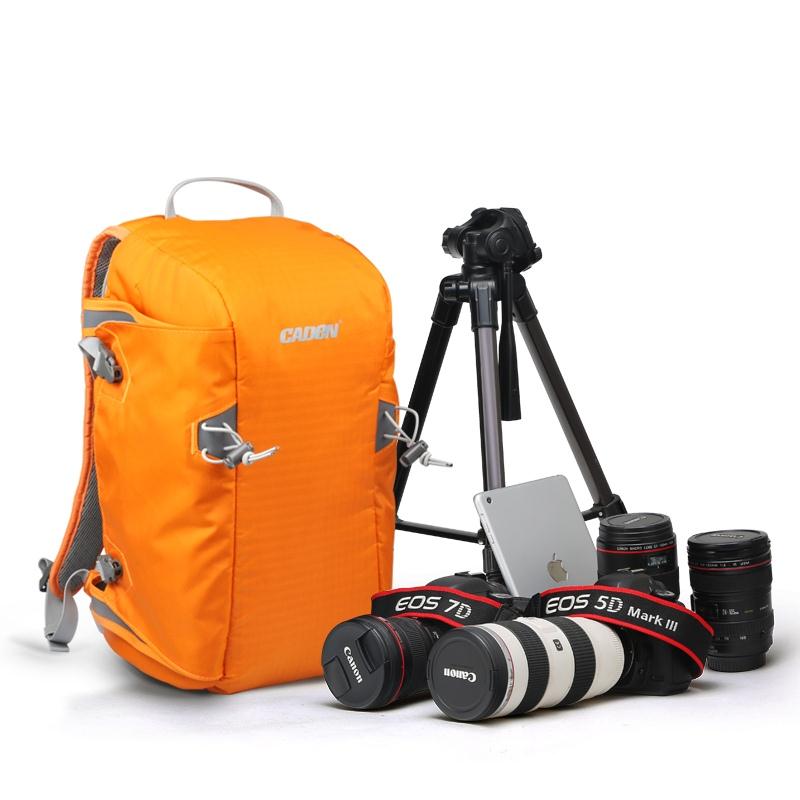
NEW VISION(HK) CORPORATION LIMITED
Fax: +86 13925567749
Tel: +86-020-26298287
Mobile:+86 13925567749
Contact person: Ruby
Email:info@nvdslr.com
- BeForm: 本站
- Date: 2015-08-11
- Hits: 3536
When you get your first digital SLR (single lens reflex) camera, you probably won’t need a big camera bag, but it’s always good to think ahead. A camera bag is a place for your stuff. It protects the gear and is a place to store your equipment when you aren't using it. It should also be practical.
A popular type of camera bag is the sling bag. You wear the camera bag over one shoulder. When you need a piece of equipment, you sling the bag to the front, open the bag, and grab the equipment you need.
NEW VISION has taken this concept one step further and invented a bag that can be slung over either shoulder. When one shoulder gets tired, take the bag off, move the padded strap along the rails and then sling it over the other shoulder.

as carry-on luggage for all your camera gear. A big bag like this should have padded strips so that you can wear it comfortably for long periods. It also should be fully adjustable to fit your torso.
These bags are just the tip of the iceberg when it comes to camera bags. Here are some additional tips for finding the perfect bag for your digital gear:
Get a bag that’s big enough for the gear you now own and any additional equipment you anticipate buying in the near future.
Purchase a bag that’s comfortable. Make sure you try the bag on for size in the camera store. Place your camera and any accessories you currently own in the bag and put it over your shoulder. If it isn't comfortable, ask the salesperson to show you a different bag. There’s nothing worse than a chafed neck after a daylong photography adventure.
Make sure the bag has enough pockets for your stuff. The bag should have a place where you can park extra memory cards, spare batteries, and other accessories. It should also have removable inserts that enable you to customize the bag to fit your camera and lenses.
Make sure the bag is sturdy enough to protect your gear. If you load up a bag that isn't constructed well, it may fail. Sometimes it pays to spend a little more for a bag that will stand the test of time.
Make sure the bag is made so that you can get to your gear quickly. It’s no fun to have to search for a piece of gear that you need right now. If you’ve got an accessible bag, and your gear is neatly arranged, you’ll be able to quickly find the right piece of gear when you need it.
Divide your equipment into manageable portions. If you have a lot of gear, consider purchasing two items: a hard-shell case that’s big enough for all of your equipment, and a soft bag to use for day trips.
Prepare for the elements. If it rains a lot where you live, purchase a water-resistant camera bag or one with a built-in rain cover.
You gain access to your equipment from the zipper on the top of the bag or the main zipper. The bag also has a strap that you wear over your shoulder to evenly distribute the weight across your chest. You can attach auxiliary bags to the belt, such as a lens-changing bag and a small bag to carry batteries and memory cards.
About Us | Contact Us | FAQ | Catalogue
Copyright © NEW VISION(HK) CORPORATION LIMITED TEL: +86-020-26298287
Email:info@nvdslr.com URL:http://www.nvdslr.com/





